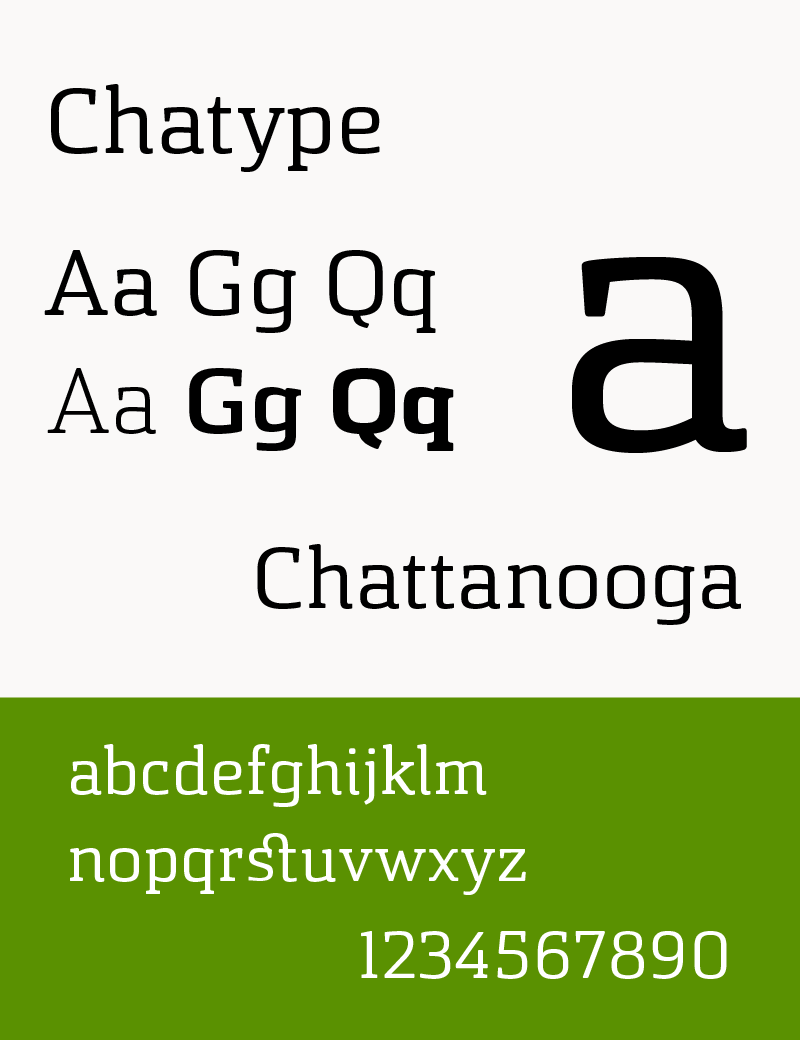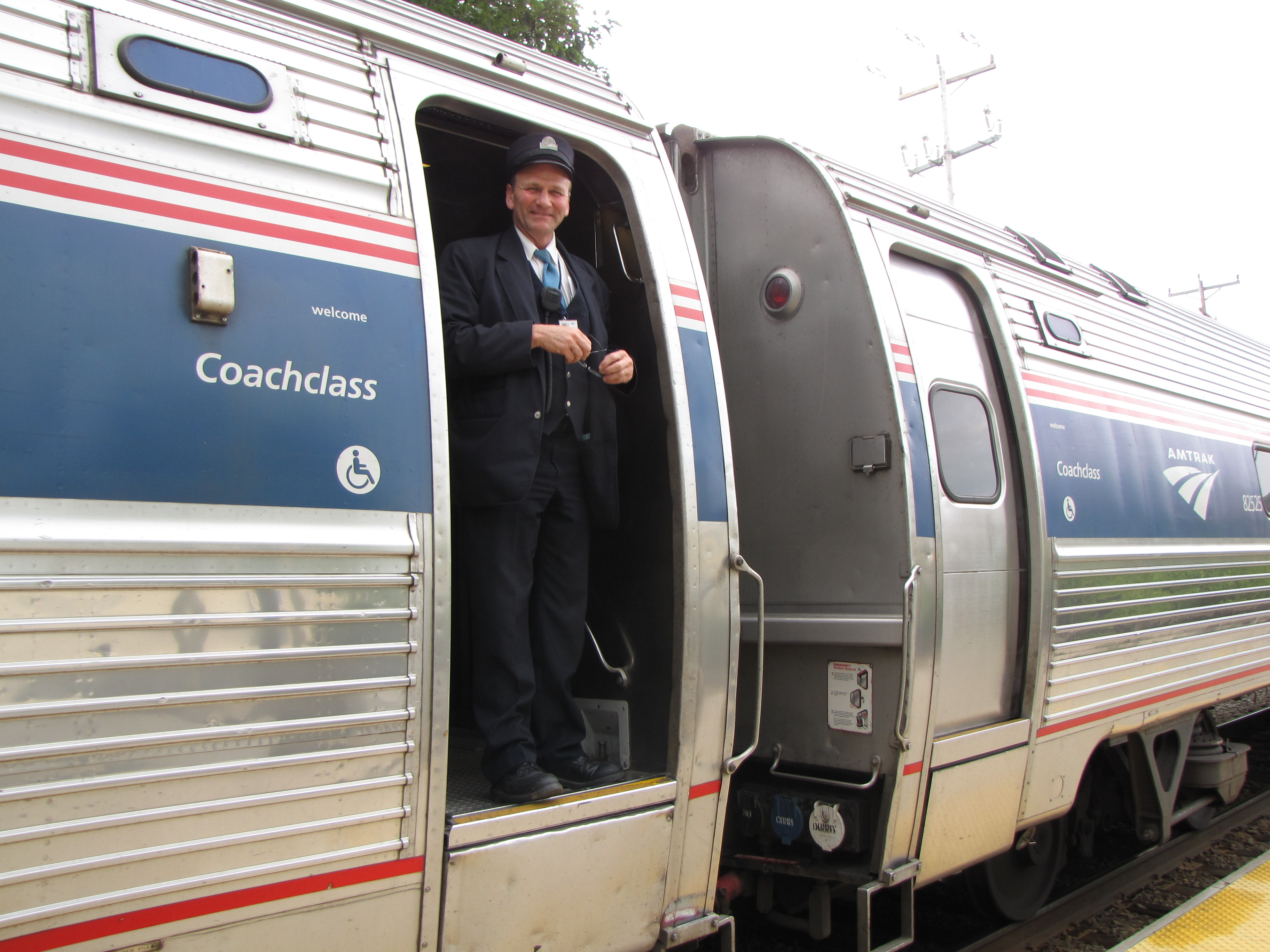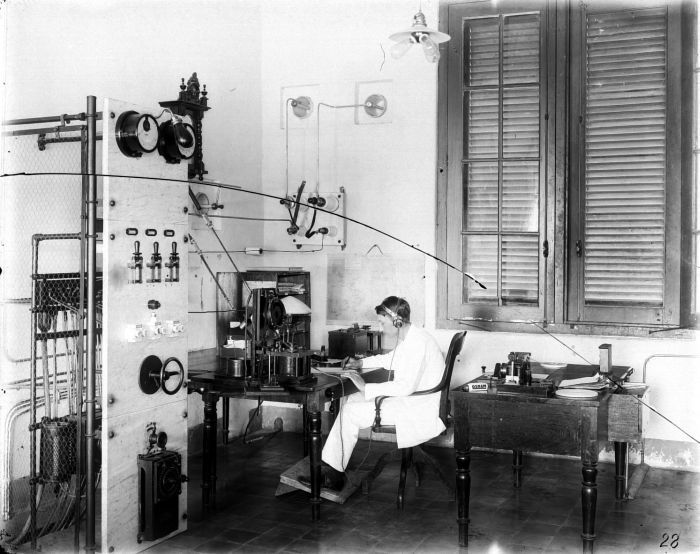|
Camp Creek Train Wreck
The Camp Creek train wreck was a railroad disaster that took place on 23 June 1900 just outside McDonough, Georgia. The northbound Southern Railway train hit a washout 1.5 miles north of the town, plunging 60 feet into the swollen creek below before bursting into flames, killing 35 of the 45 aboard the train. Events preceding the wreck The train, consisting of Southern engine No. 7 with two coaches and a Pullman sleeper car attached, departed Macon, Georgia at 7:10pm with railroad engineer J.T. Sullivan at the controls. Sullivan was not supposed to be the engineer that night, but the scheduled engineer's daughter had come down with pneumonia. Sullivan agreed to fill in for his fellow engineer. The train arrived in McDonough on time, where it usually would be coupled with a connecting train from Columbus, Georgia, which would then in turn be hauled north to Atlanta. However, by no small miracle for those on board, the train from Columbus did not arrive on time, and No. 7 dep ... [...More Info...] [...Related Items...] OR: [Wikipedia] [Google] [Baidu] |
McDonough, Georgia
McDonough is a city in Henry County, Georgia, United States. It is part of the Atlanta metropolitan area. Its population was 22,084 at the 2010 census, up from 8,493 in 2000. The city is the county seat of Henry County. The unincorporated communities of Blacksville, Flippen, Kelleytown, and Ola are located near McDonough, and addresses in those communities have McDonough ZIP Codes. History The town was named for naval officer Commodore Thomas Macdonough and founded in 1823 around a traditional town square design. The buildings surrounding the square are intact, although there are some vacancies. The county courthouse and historic jail building are on the north side near the Welcome Center in a historically maintained Standard Oil service station, built in 1920. The station also houses the Main Street Program Office and Hospitality and Tourism Office. One block east of the square, the town's original cotton warehouse has been replaced with the Henry County Judicial Center. ... [...More Info...] [...Related Items...] OR: [Wikipedia] [Google] [Baidu] |
Locomotive
A locomotive or engine is a rail transport vehicle that provides the Power (physics), motive power for a train. If a locomotive is capable of carrying a payload, it is usually rather referred to as a multiple unit, Motor coach (rail), motor coach, railcar or power car; the use of these self-propelled vehicles is increasingly common for passenger trains, but rare for freight (see CargoSprinter). Traditionally, locomotives pulled trains from the front. However, Push-pull train, push-pull operation has become common, where the train may have a locomotive (or locomotives) at the front, at the rear, or at each end. Most recently railroads have begun adopting DPU or distributed power. The front may have one or two locomotives followed by a mid-train locomotive that is controlled remotely from the lead unit. __TOC__ Etymology The word ''locomotive'' originates from the Latin language, Latin 'from a place', Ablative case, ablative of 'place', and the Medieval Latin 'causing mot ... [...More Info...] [...Related Items...] OR: [Wikipedia] [Google] [Baidu] |
Accidents And Incidents Involving Southern Railway (U
An accident is an unintended, normally unwanted event that was not directly caused by humans. The term ''accident'' implies that nobody should be blamed, but the event may have been caused by unrecognized or unaddressed risks. Most researchers who study unintentional injury avoid using the term ''accident'' and focus on factors that increase risk of severe injury and that reduce injury incidence and severity. For example, when a tree falls down during a wind storm, its fall may not have been caused by humans, but the tree's type, size, health, location, or improper maintenance may have contributed to the result. Most car wrecks are not true accidents; however English speakers started using that word in the mid-20th century as a result of media manipulation by the US automobile industry. Types Physical and non-physical Physical examples of accidents include unintended motor vehicle collisions, falls, being injured by touching something sharp or hot, or bumping into someth ... [...More Info...] [...Related Items...] OR: [Wikipedia] [Google] [Baidu] |
Railway Accidents In 1900
Rail transport (also known as train transport) is a means of transport that transfers passengers and goods on wheeled vehicles running on rails, which are incorporated in Track (rail transport), tracks. In contrast to road transport, where the vehicles run on a prepared flat surface, rail vehicles (rolling stock) are directionally guided by the tracks on which they run. Tracks usually consist of steel rails, installed on Railroad tie, sleepers (ties) set in track ballast, ballast, on which the rolling stock, usually fitted with metal wheels, moves. Other variations are also possible, such as "slab track", in which the rails are fastened to a concrete foundation resting on a prepared subsurface. Rolling stock in a rail transport system generally encounters lower friction, frictional resistance than rubber-tyred road vehicles, so passenger and freight cars (carriages and wagons) can be coupled into longer trains. The rail transport operations, operation is carried out by a ... [...More Info...] [...Related Items...] OR: [Wikipedia] [Google] [Baidu] |
Railway Accidents And Incidents In Georgia (U
Rail transport (also known as train transport) is a means of transport that transfers passengers and goods on wheeled vehicles running on rails, which are incorporated in Track (rail transport), tracks. In contrast to road transport, where the vehicles run on a prepared flat surface, rail vehicles (rolling stock) are directionally guided by the tracks on which they run. Tracks usually consist of steel rails, installed on Railroad tie, sleepers (ties) set in track ballast, ballast, on which the rolling stock, usually fitted with metal wheels, moves. Other variations are also possible, such as "slab track", in which the rails are fastened to a concrete foundation resting on a prepared subsurface. Rolling stock in a rail transport system generally encounters lower friction, frictional resistance than rubber-tyred road vehicles, so passenger and freight cars (carriages and wagons) can be coupled into longer trains. The rail transport operations, operation is carried out by a ... [...More Info...] [...Related Items...] OR: [Wikipedia] [Google] [Baidu] |
Flagman (rail)
On the railroads, a flagman is an employee of the railroad who is assigned to protect contractors or anyone performing work on a railroad right of way. A flagman is also assigned to protect a train that has stopped on a section of track. When a train approaches a location a flagman is posted, the train crew will have to get permission from the flagman to pass the area. Before the advent of automated level crossing gates, and still where automatic gates are not installed, flagmen were also assigned to protect the crossings. The flagman would stop road traffic from crossing the tracks as trains used the crossing. Additional information Rules pertaining to a flagman may vary depending on different railroad's operating rules. For instance on CSX Transportation a train approaching the work area is to call the flagman for permission through the work area. If workers are in the clear the flagman will advise crew to proceed and advise the crew that workers are not fouling the track. If ... [...More Info...] [...Related Items...] OR: [Wikipedia] [Google] [Baidu] |
Chattanooga
Chattanooga ( ) is a city in and the county seat of Hamilton County, Tennessee, United States. Located along the Tennessee River bordering Georgia, it also extends into Marion County on its western end. With a population of 181,099 in 2020, it is Tennessee's fourth-largest city and one of the two principal cities of East Tennessee, along with Knoxville. It anchors the Chattanooga metropolitan area, Tennessee's fourth-largest metropolitan statistical area, as well as a larger three-state area that includes Southeast Tennessee, Northwest Georgia, and Northeast Alabama. Chattanooga was a crucial city during the American Civil War, due to the multiple railroads that converge there. After the war, the railroads allowed for the city to grow into one of the Southeastern United States' largest heavy industrial hubs. Today, major industry that drives the economy includes automotive, advanced manufacturing, food and beverage production, healthcare, insurance, tourism, and back offic ... [...More Info...] [...Related Items...] OR: [Wikipedia] [Google] [Baidu] |
Baltimore
Baltimore ( , locally: or ) is the most populous city in the U.S. state of Maryland, fourth most populous city in the Mid-Atlantic, and the 30th most populous city in the United States with a population of 585,708 in 2020. Baltimore was designated an independent city by the Constitution of Maryland in 1851, and today is the most populous independent city in the United States. As of 2021, the population of the Baltimore metropolitan area was estimated to be 2,838,327, making it the 20th largest metropolitan area in the country. Baltimore is located about north northeast of Washington, D.C., making it a principal city in the Washington–Baltimore combined statistical area (CSA), the third-largest CSA in the nation, with a 2021 estimated population of 9,946,526. Prior to European colonization, the Baltimore region was used as hunting grounds by the Susquehannock Native Americans, who were primarily settled further northwest than where the city was later built. Colonist ... [...More Info...] [...Related Items...] OR: [Wikipedia] [Google] [Baidu] |
Conductor (transportation)
A conductor (North American English) or guard (Commonwealth English) is a train crew member responsible for operational and safety duties that do not involve actual operation of the train/locomotive. The ''conductor'' title is most common in North American railway operations, but the role is common worldwide under various job titles. In Commonwealth English, a conductor is also known as guard or train manager. The responsibilities of a conductor or guard typically include the following: * Ensuring that the train follows applicable safety rules and practices * Making sure that the train stays on schedule starting from the stations * Opening and closing power operated doors * Selling and checking tickets, and other customer service duties * Ensuring that any cars and cargo are picked up and dropped off properly * Completing en-route paperwork * Directing the train's movement while operating in reverse * Coupling or uncoupling cars * Assisting with the setting out or picking up of ... [...More Info...] [...Related Items...] OR: [Wikipedia] [Google] [Baidu] |
Telegraph Operator
A telegraphist (British English), telegrapher (American English), or telegraph operator is an operator who uses a telegraph key to send and receive the Morse code in order to communicate by land lines or radio. During the Great War the Royal Navy enlisted many volunteers as radio telegraphists. Telegraphists were indispensable at sea in the early days of wireless telegraphy, and many young men were called to sea as professional radiotelegraph operators who were always accorded high-paying officer status at sea. Subsequent to the ''Titanic'' disaster and the Radio Act of 1912, the International Safety of Life at Sea ( SOLAS) conventions established the 500kHz maritime distress frequency monitoring and mandated that all passenger-carrying ships carry licensed radio telegraph operators. In popular culture *The telegraphist mouse in Australia and the Marshall Islands from '' The Rescuers Down Under''. See also * Amateur radio * Casa del Telegrafista (House of the Telegr ... [...More Info...] [...Related Items...] OR: [Wikipedia] [Google] [Baidu] |
Boston
Boston (), officially the City of Boston, is the state capital and most populous city of the Commonwealth of Massachusetts, as well as the cultural and financial center of the New England region of the United States. It is the 24th- most populous city in the country. The city boundaries encompass an area of about and a population of 675,647 as of 2020. It is the seat of Suffolk County (although the county government was disbanded on July 1, 1999). The city is the economic and cultural anchor of a substantially larger metropolitan area known as Greater Boston, a metropolitan statistical area (MSA) home to a census-estimated 4.8 million people in 2016 and ranking as the tenth-largest MSA in the country. A broader combined statistical area (CSA), generally corresponding to the commuting area and including Providence, Rhode Island, is home to approximately 8.2 million people, making it the sixth most populous in the United States. Boston is one of the oldest ... [...More Info...] [...Related Items...] OR: [Wikipedia] [Google] [Baidu] |
Trestle Bridge
A trestle bridge is a bridge composed of a number of short spans supported by closely spaced frames. A trestle (sometimes tressel) is a rigid frame used as a support, historically a tripod used to support a stool or a pair of isosceles triangles joined at their apices by a plank or beam such as the support structure for a trestle table. Each supporting frame is a bent. A trestle differs from a viaduct in that viaducts have towers that support much longer spans and typically have a higher elevation. Timber and iron trestles (i.e. bridges) were extensively used in the 19th century, the former making up from 1 to 3 percent of the total length of the average railroad. In the 21st century, steel and sometimes concrete trestles are commonly used to bridge particularly deep valleys, while timber trestles remain common in certain areas. Many timber trestles were built in the 19th and early 20th centuries with the expectation that they would be temporary. Timber trestles were use ... [...More Info...] [...Related Items...] OR: [Wikipedia] [Google] [Baidu] |






